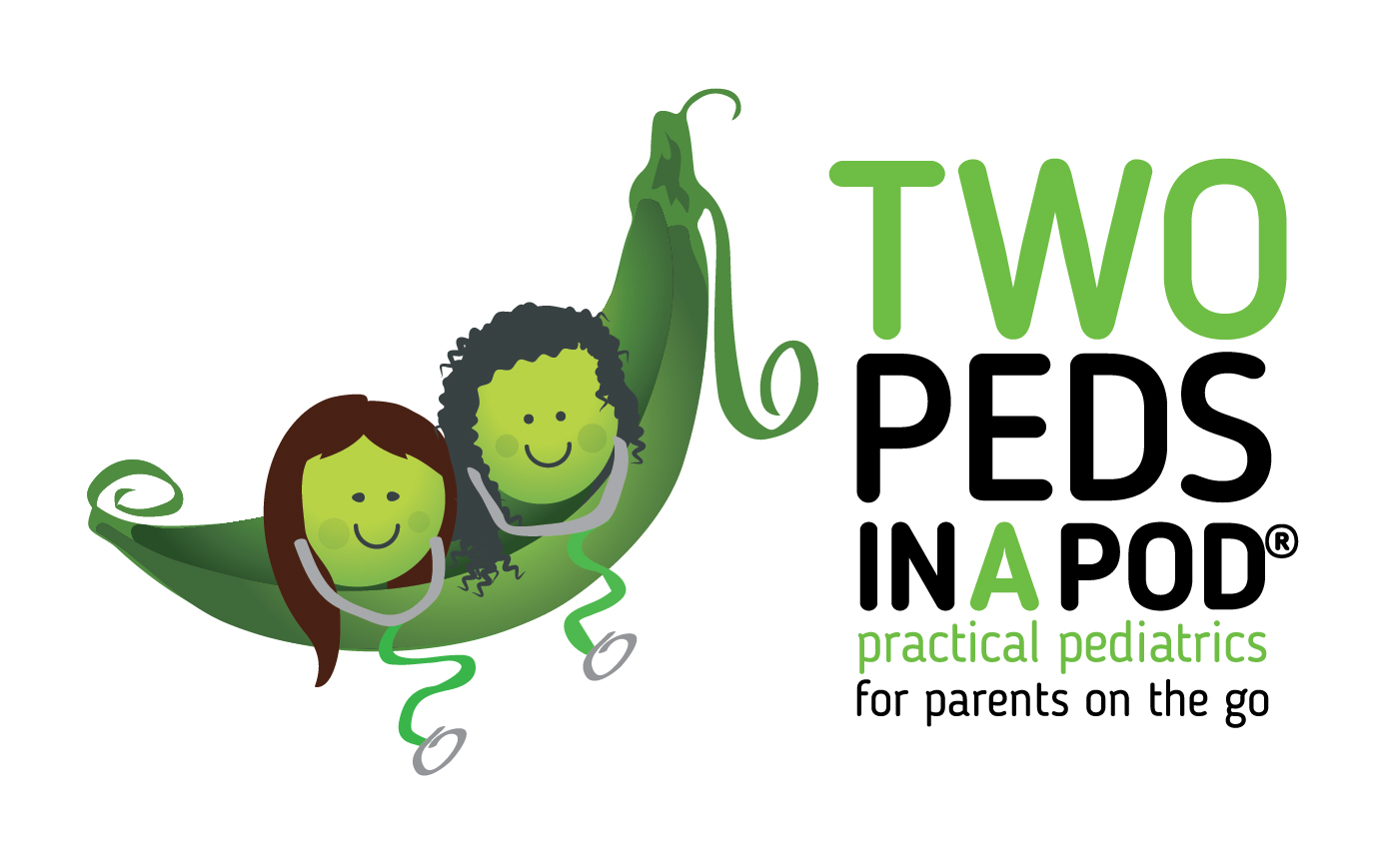Sudden Infant Death Syndrome, or SIDS, refers to the sudden unexplained death of an infant between the ages of 1-12 months and seems to occur during sleep. We (meaning pediatricians and the rest of the scientific community) still don’t know exactly what causes SIDS, although we do know that some babies seem to be more at risk, such as premature infants and infants of multiple births (twins, triplets, etc).While parents cannot control prematurity and multiple births, parents CAN control other risk factors.
Here is a summary of ways to reduce the risk of Sudden Infant Death Syndrome (SIDS) as recommended by the American Academy of Pediatrics:
· Place babies on their backs (supine) to sleep. Do not waste money buying positioners or wedges for the crib because they are not proven to prevent SIDS and are not endorsed by the American Academy of Pediatrics. A newborn cannot roll from back to stomach. If you start out always placing your infant down on his back to sleep, he will stay this way and learn to like to sleep this way. Side sleeping is not as safe as back sleeping.
· Do not sleep with your baby in a chair, couch, or adult bed. You can take your infant into your bed to nurse/feed but then put him back in his own sleep space.
· Do not let your infant sleep in a bed with older siblings. Put your baby in his own crib.
· Put nothing in the crib other than your baby. No stuffed animals, blankets, pillows, etc. Even bumpers are not recommended.
· Do not smoke in the room where your baby sleeps.
· Offer a pacifier. This has a protective effect.
· Breastfeeding has a protective effect.
Some parents admit to us that they place their babies stomach down (prone) to sleep because “the baby sleeps better that way.” Unfortunately, what seems to be easier in the short run isn’t always the best for children in the long run. For the same reason that you should insist your children wear bike helmets and seatbelts, even if they protest at times, you should put your children down on their backs (supine) to sleep as infants. The rate of SIDS in the USA has dropped by over 50% since 1994 after the start of a “Back to Sleep” campaign. This sleep position change has been the single most effective way, to date, of reducing the rate of SIDS. Of course if your child has any rare medical condition that may prevent supine sleep, your child’s doctor should advise you on the safest sleep position for your child.
The best way to form good habits is to use them from the beginning. It is perfectly safe to position your newborn on his belly during awake time/ playtime while you are with him. However, if you are putting your baby down to sleep, or if you are putting your baby down and walking away and during this time he might fall asleep, just put your baby down on his back. And remember to tell anyone else who cares for your baby the same instructions, including daycare workers, nannies, and even well-meaning grandparents, because safe sleep advice has changed over the generations.
Julie Kardos, MD and Naline Lai, MD
©2009 Two Peds in a Pod




